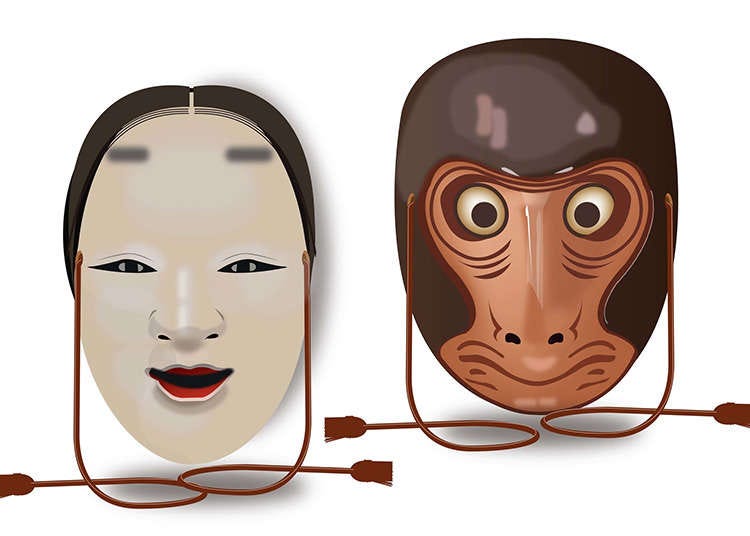
Nohgaku or Noh Theater, is a traditional Japanese public form of entertainment which includes the performing art known as noh, and kyogen (the comic theater that occurs during the interlude). It has been registered by UNESCO as an Intangible Cultural Heritage. The dances and stories performed by the actors on stage and the music played aren't the only points. Nohgaku also displays a unique sense of Japan.
The History of Nohgaku
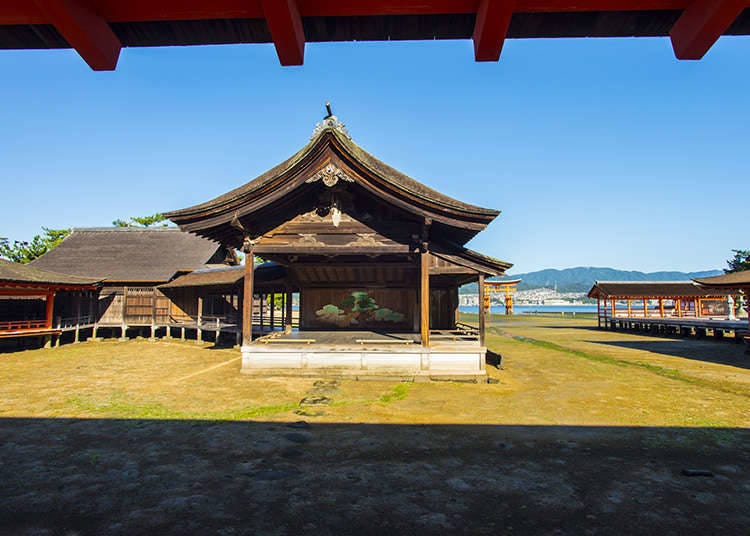
Nohgaku's origin can be traced back to the Nara period in the 700s, when sangaku was introduced in Japan from China. Sangaku, which employs comical performances and acrobatics, as well as mimicry, was a popular entertainment in temples and shrines and had spread among the masses. Nowadays, nohgaku is well-received even abroad and can still be enjoyed all over Japan as public entertainment and as a Shinto ritual.
Noh Actors
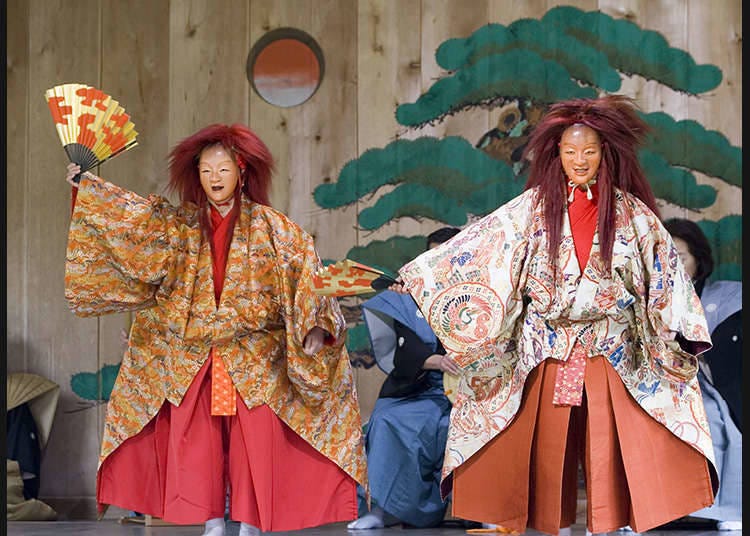
The protagonist in nohgaku is called "shi-te". Aside from taking the role of a human, the shi-te can also be a god, a warrior's ghost, a woman's ghost, a madwoman, a tengu (a supernatural mountain spirit with red skin and a long nose), or a dragon god, among a wide variety of roles. The counterpart of the shi-te is called “waki,” a role that is indispensable in most performances.
The Music of Noh
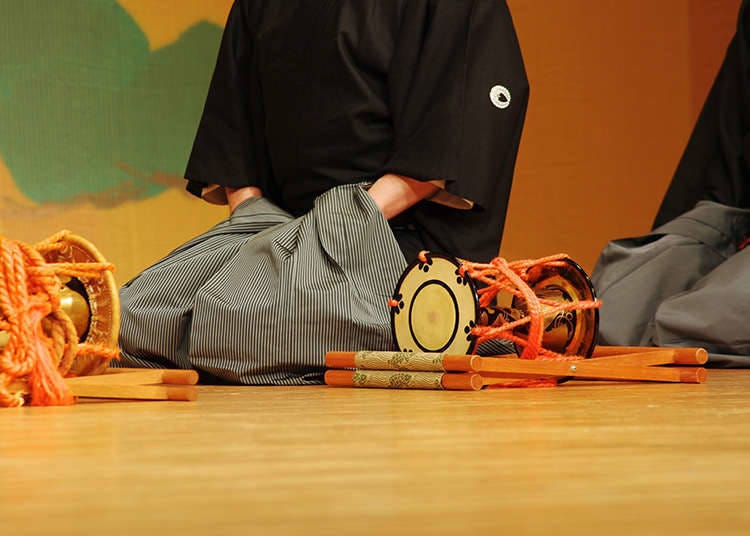
On the stage, aside from the performance of noh actors, musical accompaniment that matches the scene is also essential. An important factor is the instruments they use, such as a transverse flute called nohkan, kotsuzumi (shoulder-drum), otsuzumi (hip drum) and taiko (stick-drum) as well as the voice of the percussionists making sounds like "yo," and "ho," as they hit percussion instruments, such as taiko, and liven up the stage.
The Noh Stage
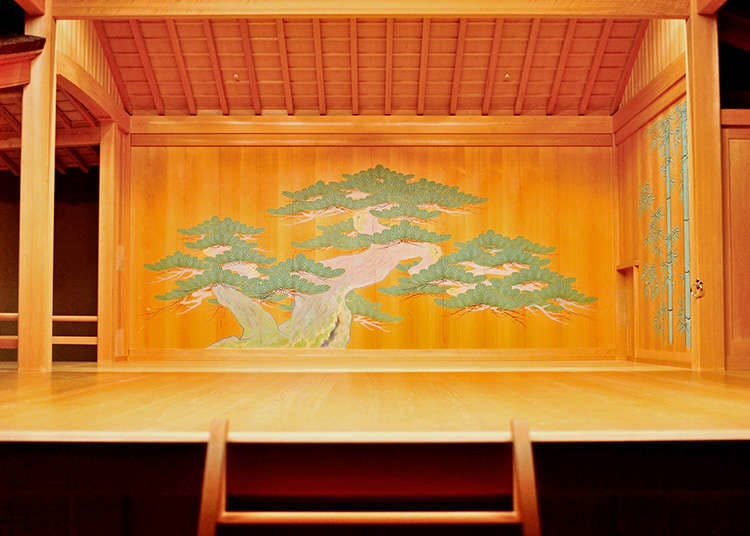
The noh stage is made from Japanese cypress. Among these, two of the most popular places for noh are the National Nohgaku Theater, which is a public theater and the nohgaku theater built on top of the sea at the World Heritage Site, Itsukushima Shrine.
Points to Attending the Theater
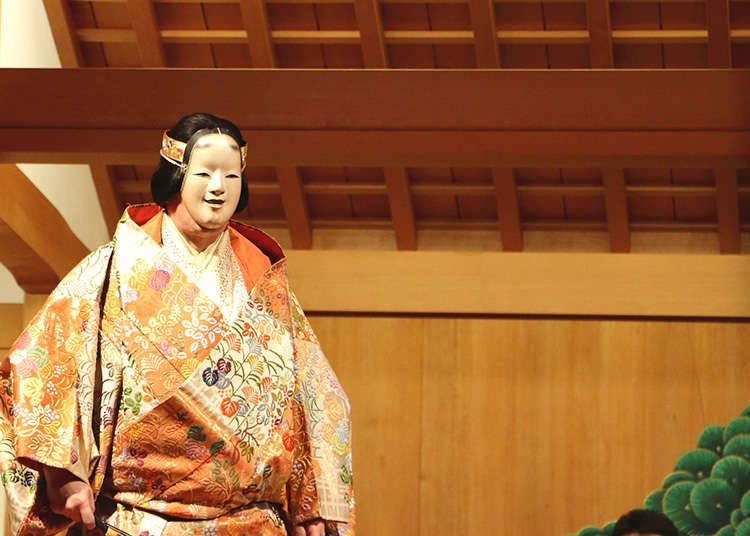
Before going to the theater, many audience members buy the written shisho (poetry and prose) at the theater shop in order to further enjoy nohgaku. The flow of the story is thoroughly written on the shisho, which is the program's script, as well as the position of the characters, their emotions, and the period background.
Theater Etiquette
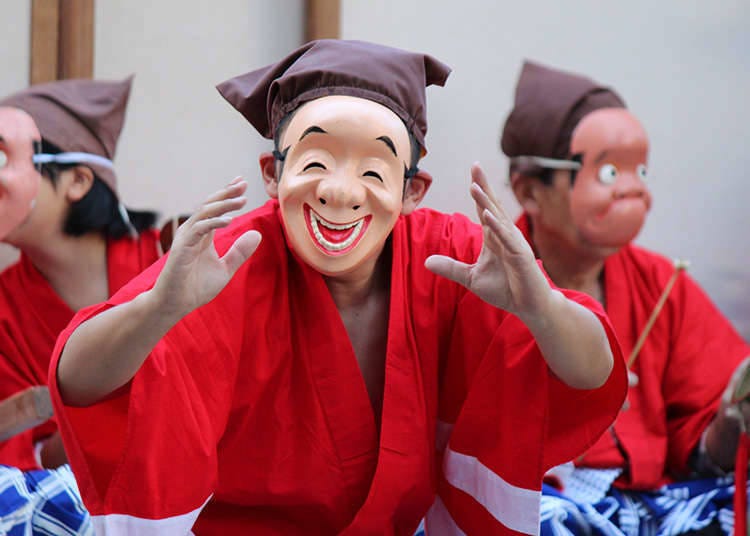
When going to see nohgaku you can wear casual clothes, as there isn't a dress code. In the past, there was a lot of clapping and yelling from the audience during the performance, but these days, the audience doesn't tend to clap as much as in the past. Watching the performance silently is the typical etiquette for nohgaku.
- Category
*Prices and options mentioned are subject to change.
*Unless stated otherwise, all prices include tax.
Popular Tours & Activitiess
Recommended places for you
-
Appealing

Rukku and Uohei
Izakaya
Sapporo / Chitose
-

Jukuseiniku-to Namamottsuarera Nikubaru Italian Nikutaria Sannomiya
Izakaya
Kobe, Sannomiya, Kitano
-

Kanzenkoshitsuyakinikutabehodai Gyugyu Paradise Sannomiya
Yakiniku
Kobe, Sannomiya, Kitano
-

Kambei Sannomiyahonten
Yakiniku
Kobe, Sannomiya, Kitano
-
Goods
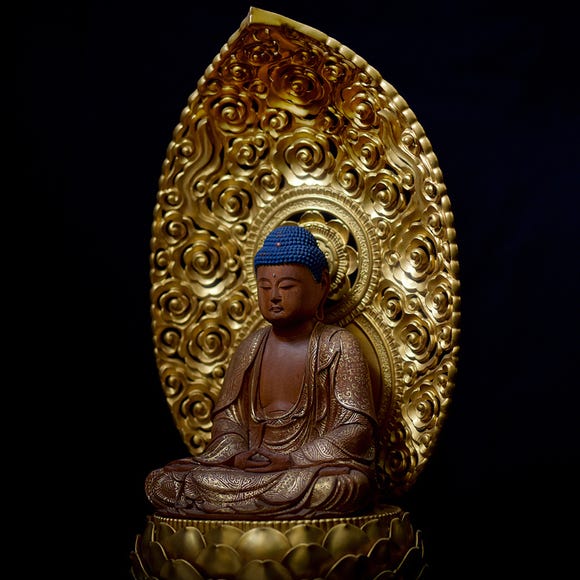
Yoshida Gennojo-Roho Kyoto Buddhist Altars
Gift Shops
Nijo Castle, Kyoto Imperial Palace
-

ISHIDAYA Hanare
Yakiniku
Kobe, Sannomiya, Kitano
-

New Seibu L00 Series Launching in 2026! What to See Along the Tokyo-Area Golden Route
by: Guest Contributor
-

A Travel Game Changer! Go Hands-Free Between Tokyo and Kyoto with LUGGAGE EXPRESS by JTB and JR Tokai
by: Guest Contributor
-

Enjoy Japan's Gorgeous Winter Lights! Ride the Romancecar to Shonan no Hoseki Illumination
by: Guest Contributor
-

LaLaport TOKYO-BAY North Building Now Open: Shop, Dine & Enjoy Events at LaLa arena, Just 2 Stops from Disney
by: Wemmy Chau
-

Black Friday 2025: These Are THE Japan Travel & Shopping Deals to Check Out
-

Don't Miss Out! The One Thing You Must Do Before Shopping at Mitsui Shopping Park LaLaport: Get Your Max 10% OFF Coupon Book
-

Japan's Bath Culture: Tips You Should Know!
-

Where to Stay in Noboribetsu Onen: 6 Ryokan Hotels in Hokkaido's Spa Wonderland
by: Masakazu Yoshida
-

5 Must-Visit Nara Temples and Shrines: Discover the Timeless Beauty of Japan's Ancient Capital
by: WESTPLAN
-

[MOVIE] Traditional Comedy in Japan - Kyogen
-

Tokyo to Sendai: Riding the Shinkansen to Japan's Stunning Spots
-

Kamaishi Japan: Kamaishi Unosumai Recovery Stadium and Sightseeing Spots in Japan’s Rugby Town
- #best sushi japan
- #what to do in odaiba
- #what to bring to japan
- #new years in tokyo
- #best ramen japan
- #what to buy in ameyoko
- #japanese nail trends
- #things to do japan
- #onsen tattoo friendly tokyo
- #daiso
- #best coffee japan
- #best japanese soft drinks
- #best yakiniku japan
- #japanese fashion culture
- #japanese convenience store snacks












